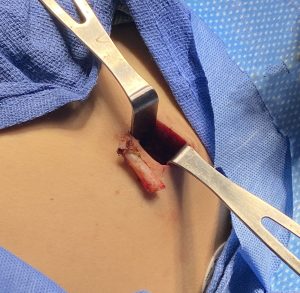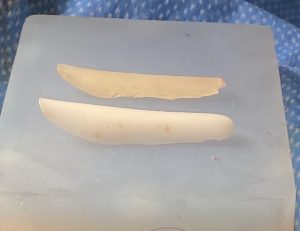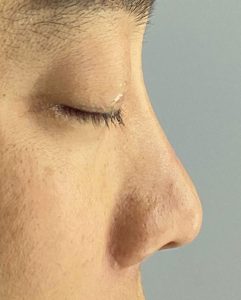Background: Rhinoplasty has a wide variety of technical maneuvers to change the shape of the nose. While each patient is unique and the selection of rhinoplasty techniques will vary based on individual needs, there are subsets or types of rhinoplasty which consist of some standard techniques.
One such type of rhinoplasty where a standard approach is used in the Asian nose. Given that the aesthetic needs most of the time are augmentative along the L-shape line of the nose (dorsocolumellar line) bridge and tip augmentation are the key maneuvers. While tip augmentation can only be done with some form of cartilage, bridge augmentation can be done with either a cartilage graft or an implant. One approach to these augmentations are a dorsal implant and ear cartilage grafts to the tip of the nose.
While this common approach to the Asian rhinoplasty always produces improvement in the under projected nose what options does the patient have if they want further bridge and tip augmentation?
Case Study: This Asian male had a primary rhinoplasty with a type1 dorsal nasal implant and a double stacked ear cartilage graft for the tip. (septal graft for the columella. He subsequently wanted a higher bridge, greater tip projection and a more refined tip as well.
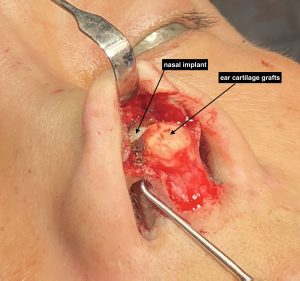
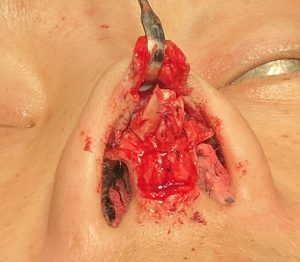
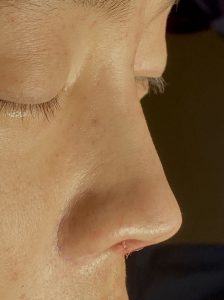
Improved tip refinement was a primary goal which was achieved with the type of projection a rib graft provides.
A first stage augmentation rhinoplasty with an implant and regional cartilage grafts (septum and ear) is a good approach for many Asian patients. For secondary augmentation a debate can be had about a larger implant or a rib graft. But for the tip of the nose there can be no debate about graduating to a rib graft where the amount of cartilage and its stiffness is much greater than any regional graft source.
Case Highlights:
1) The most common type of Asian rhinoplasty is implant bridge augmentation and ear cartilage tip grafting.
2) A secondary Asian rhinoplasty can be done with a larger nasal implant android cartilage tip grafting due to the first stage tissue expansion.
3) Rib #9 provides adequate length and straightness to be used for an extended columellar strut graft.
Dr. Barry Eppley
World-Renowned Plastic Surgeon



